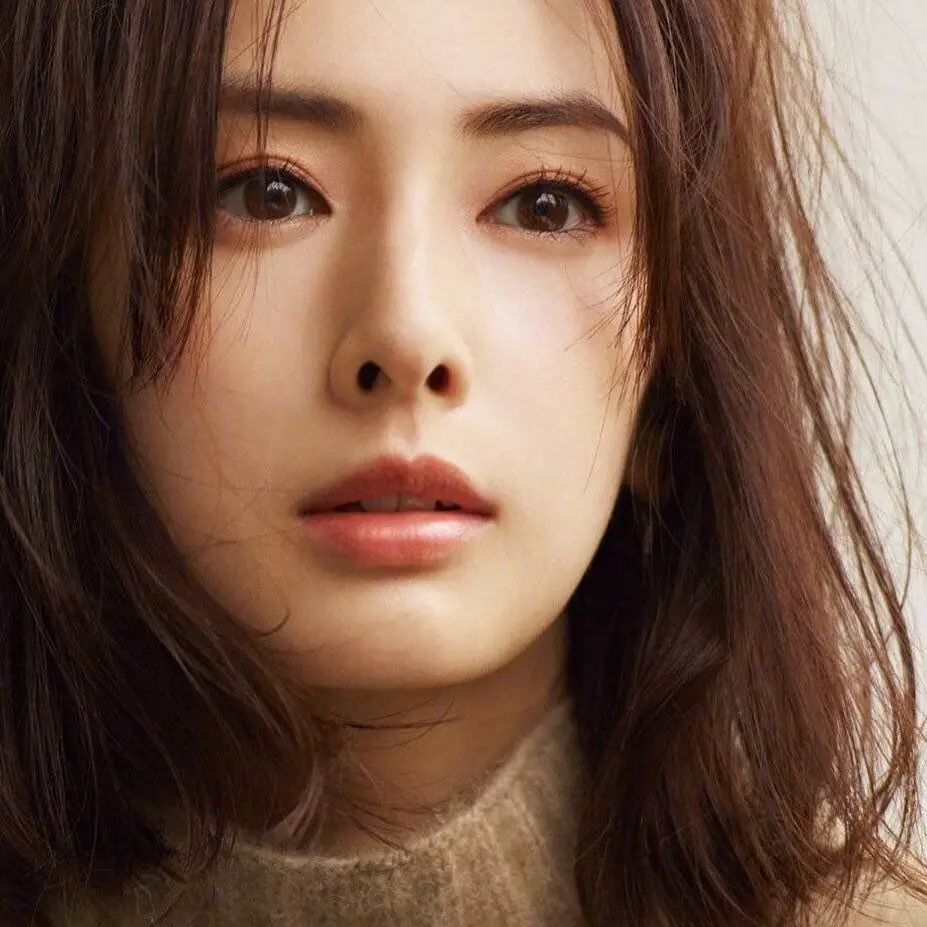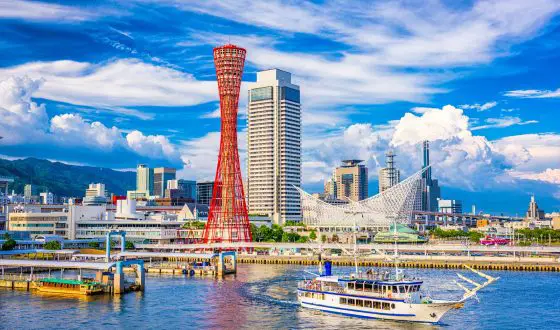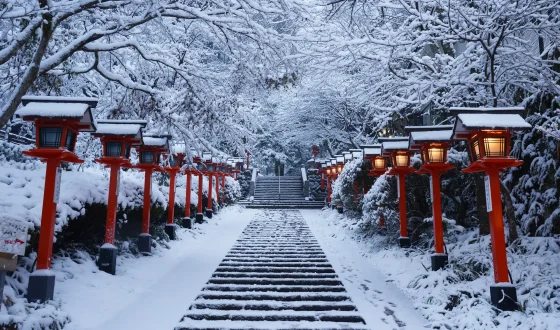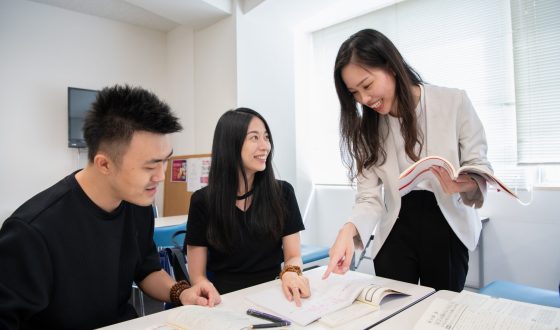Japanese Beauty Standards – How Pretty Are You In Japan?
The concept of beauty is vastly different among any nation in the world, especially between Western and Asian countries. In such a country with such exotic culture like Japan, what it takes to be seen as beautiful is a mystery to ex-pats. Stay tuned, this article will reveal the Japanese beauty standards both throughout history and in the modern world. This general list will reflect a pretty fascinating cultural contrast to learn.
1. Significance of Female Facial Beauty
Facial beauty holds a crucial role in the context of human evolution, where the initial stages involve attraction and mate selection. This aspect is particularly pronounced for women, who have historically reaped advantages from physical attractiveness, often associated with improved economic opportunities.
For instance, individuals perceived as attractive tend to be viewed as self-assured, possessing positive personality traits, capable of pursuing prestigious careers, and likely to have content and successful marriages.
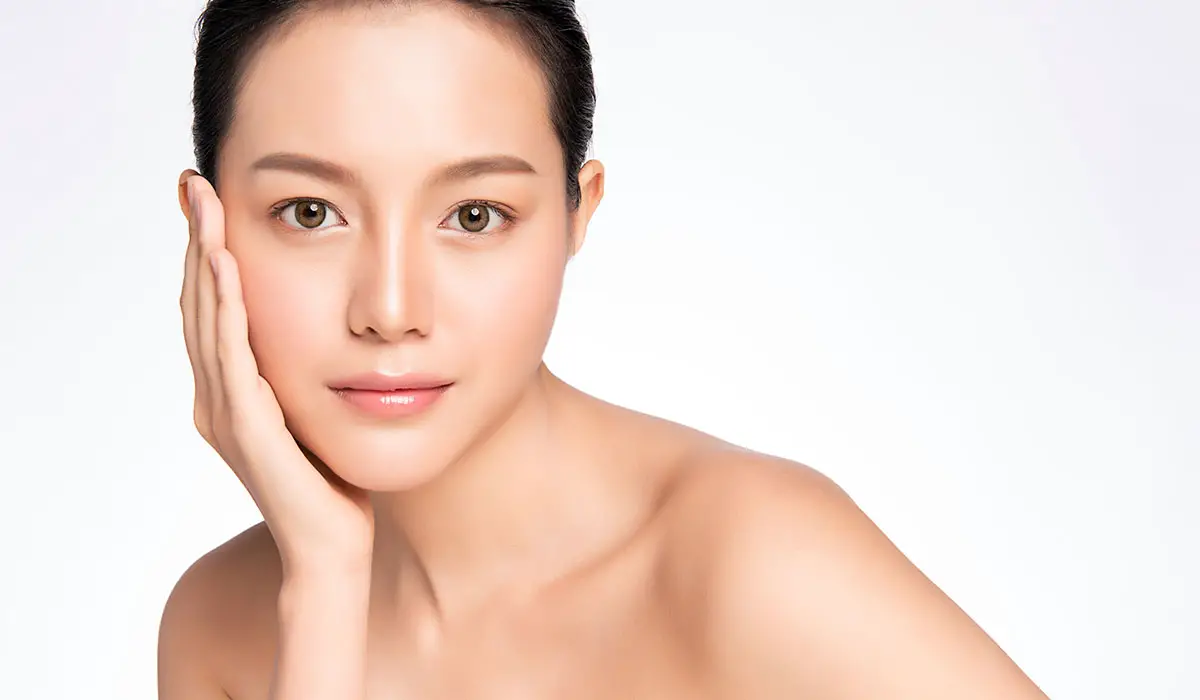
Facial beauty holds a crucial role in the context of human evolution, where the initial stages involve attraction and mate selection. (Source: Internet)
Nevertheless, Japanese women may take measures to intentionally deviate from conventional beauty standards, as Japanese men can sometimes feel intimidated by women deemed ‘excessively beautiful’.
A contemporary example of beauty ideals among Japanese women is known as “yaeba” or “double tooth,” characterized by having slightly crooked fang-like teeth. In recent times, it has become a common practice for women to undergo dental procedures to emulate this feature.
While such practices might be criticized in countries like the United States, where substantial resources are devoted annually to aligning and perfecting citizens’ teeth, in Japan, “yaeba” is regarded as endearing. Japanese men often find women with this “imperfection” more approachable and appealing.
2. Japanese Beauty Standards In The Past
2.1 Plump face, light skin tone, and white face powder
For Japanese women, chubby rounded faces used to be beauty standards since it represented they were wealthy enough to eat more. Throughout Japanese history, light skin tone is the symbol of wealth and high status in society too. The reason is these nobles afforded to stay indoors enjoying their fortune while people from the lower class, like farmers, usually had to work outdoors, under the harsh sun.
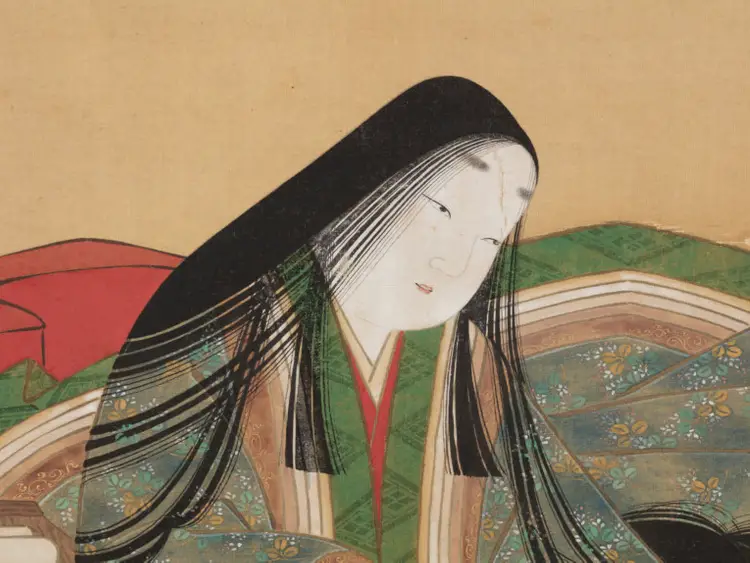
References to the Japanese beauty standards in the past can be seen in old books such as the Diary of Lady Murasaki or Tale of Genji.
SEE MORE:
Dating back to Hakuho Period (646 – 710), the white face powder or “oshiroi” (made from rice flour and white soil) was imported from China to cater to the needs of the upper class in Japan. Not until the Edo Period (1603–1868), did the commoners access the white powder and the painting face white became a public beauty standard. White skin was so important an element of beauty that there was an old Japanese quote that “white skin hides seven defects”.
2.2. Red lips, red eyelids, and no eyebrows
Since Nara period (710 – 793), people used safflowers to make red lipsticks, which quickly gained huge popularity. Women back then also wore red makeup on their eyelids. Fun fact, Osaka and Kyoto ladies favored heavier or “yabo” (rough) makeup compared to Tokyo women.
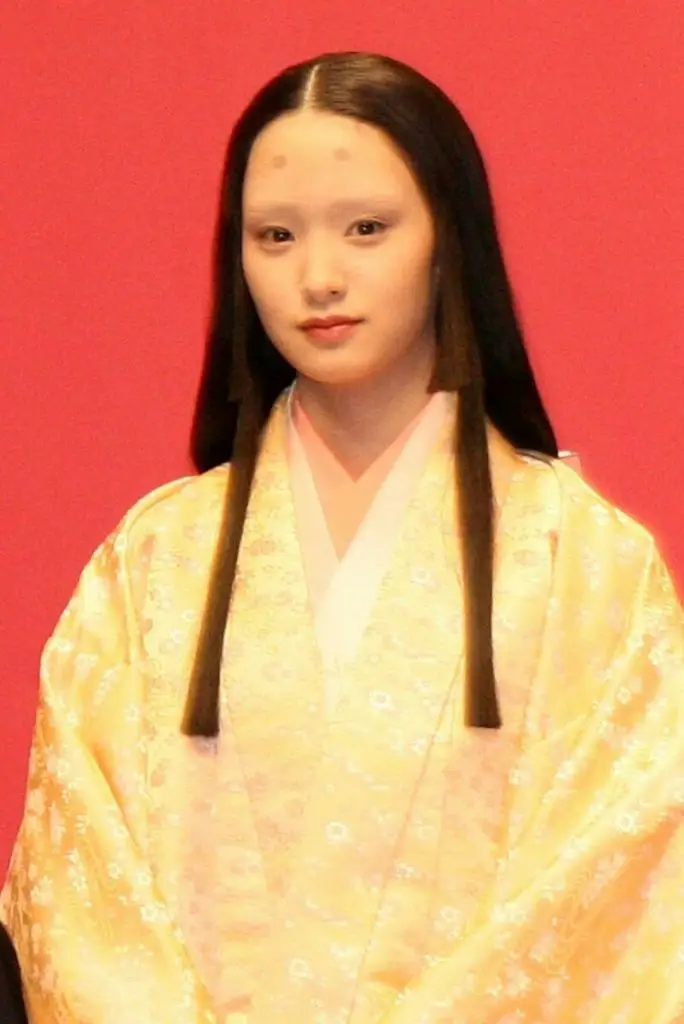
Japanese women used to wear red makeup on their lips and may shaved the eyebrows.
Also starting from Nara time, upper-class women removed their natural eyebrows and penciled new ones. This norm indicated that women were married or had bear a child and continued until the beginning of the 20th century.
2.3. Black hair and blackened teeth
Besides white and red, black used to be another element in the Japanese women’s makeup color panel. In fact, these are the only colors used at the time. For reference, this type of makeup is still in use by kabuki actors nowadays.
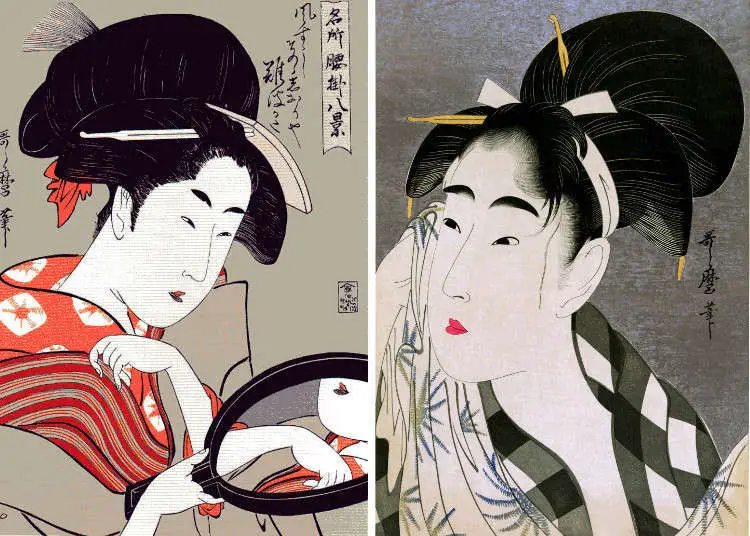
Beautiful women had long black hair and blackened teeth.
Japanese women grided sanekazura root to juice and applied that substance to their hair to make it black and straight, which was the ideal hairstyle. Regarding the hair length, the longer the better. In Pillow Book, Sei Shōnagon, a famous court lady expressed her envy for “beautiful, very long hair”.
One strange demeanor used to exist is that women had to color their teeth after getting married. This norm started in Heian period (793 – 1183) and then get forbidden among the nobles in Shōwa era (1926–1989).
3. Modern Japanese Beauty Standards
At the moment, Japanese beauty standards have shifted towards one word “natural”. But it’s the type of “natural” look that requires enormous efforts to achieve. Without further a due, let find out what makes a woman beautiful in Japan?
3.1. Pale, clear skin
As mentioned above, beauty in Japan has long been related to the brightness of the skin. That’s why products such as sunscreen, whitening cream, UV protection umbrellas are popular in Japan.

Beautiful women are expected to own clear skin with no spots and pores.
But now fair skin is not enough. Beautiful women are expected to own clear skin with no spots and pores. Makeup may help but the true secrets are diet, skincare, and other good habits. Japanese girls drink a lot of water, resist oily food, and take hot baths to unfold blocked pores, ect. They go to length to get a natural light unblemished skin because the skin is truly a serious matter in Japan.
3.1.1. Japanese Skincare Regimen
Much like their Western counterparts, Japanese individuals adopt a range of skincare routines. Nevertheless, a widely recognized Japanese skincare regimen comprises four fundamental steps, which many individuals adhere to. Here’s a brief overview of these steps:
- Step One: Pre-Cleansing
- Step Two: Cleansing
- Step Three: Pre-Moisturizing
- Step Four: Moisturizing
While this regimen serves as the foundation, it’s worth noting that specific steps may vary depending on individual skin needs and preferences. However, these four steps are the cornerstone of skincare for many Japanese women.
3.1.1.1. Anti-Aging Solutions
Similar to Western societies, the pursuit of youthfulness is a universal aspiration in Japan. Remarkably, Japan stands out in crafting some of the most effective anti-aging products globally. These products incorporate diverse ingredients, such as collagen, vitamins, and antioxidants, known for their potent anti-aging properties.
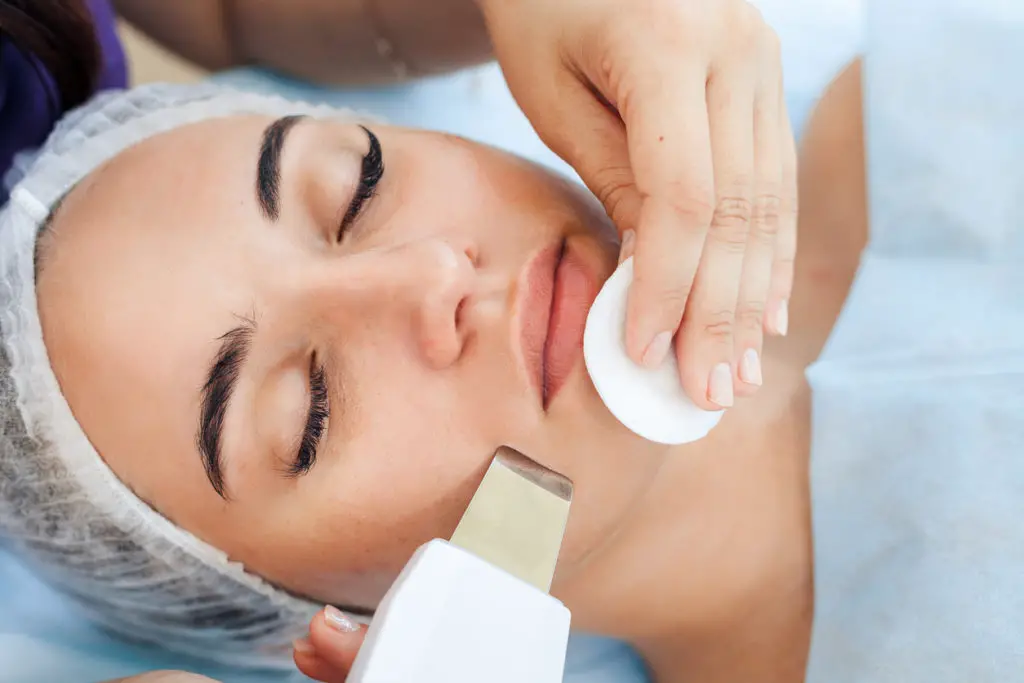
Similar to Western societies, the pursuit of youthfulness is a universal aspiration in Japan. (Source: Internet)
3.1.1.2. The Sun Parasol, or “Sunbrella”
The sun parasol, often referred to as the “sunbrella,” is a common sight in Japan, especially wielded by women. While this practice has dwindled in the West (though it was popular over a century ago), it remains prevalent in Japan.
The Ministry of Foreign Affairs of Japan has an intriguing article explaining this phenomenon, noting that the use of parasols as an everyday accessory appears to be a unique Japanese custom.
So, what’s behind the popularity of sun umbrellas in Japan? It’s multifaceted. Firstly, there are the health advantages of shielding oneself from excessive sunlight and staying cool in the heat. However, one of the primary motives is the desire for lighter skin.
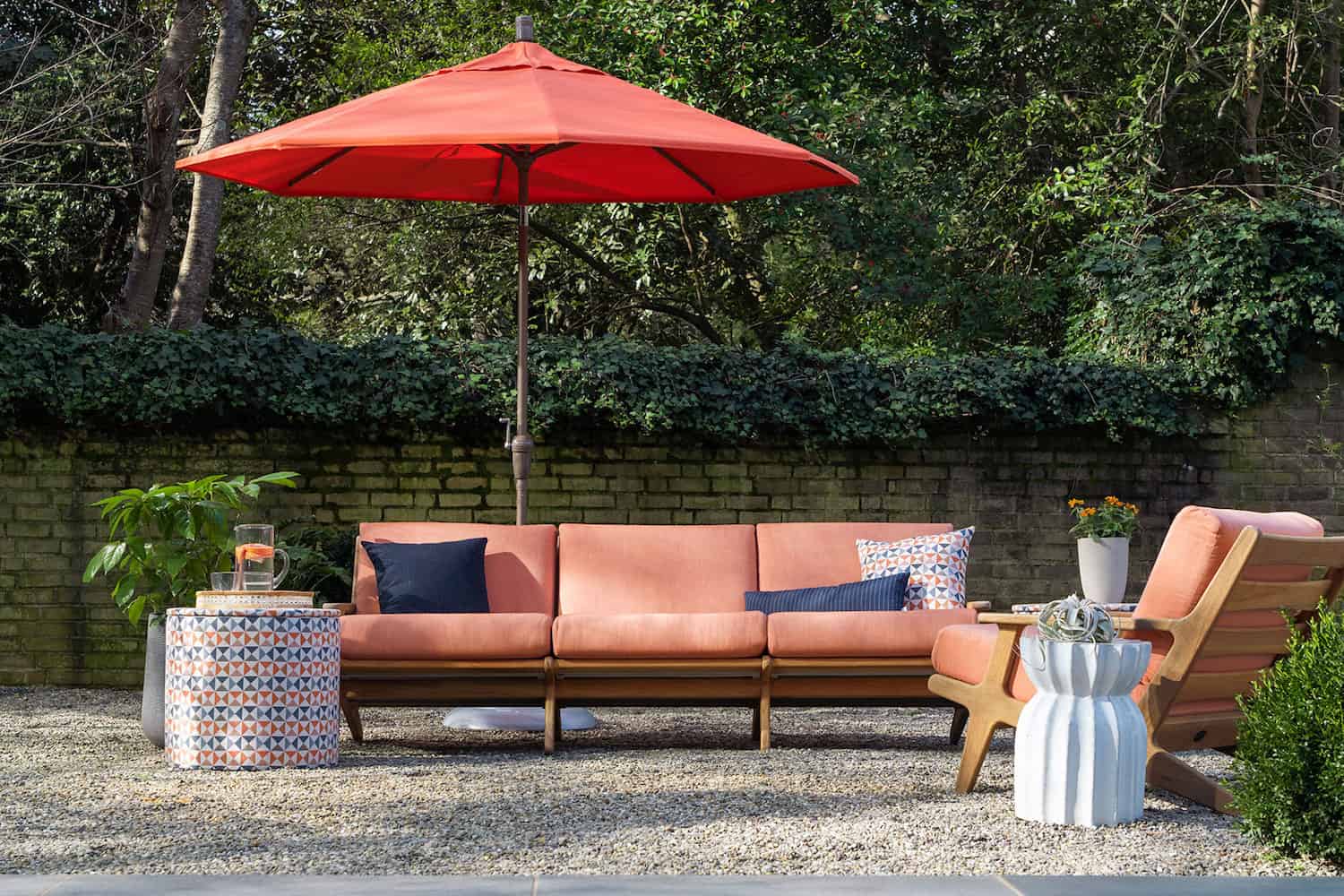
The sun parasol, often referred to as the “sunbrella,” is a common sight in Japan, especially wielded by women. (Source: Internet)
Once again, fair skin is highly prized in Japan. In addition to sun umbrellas, individuals also employ items like arm covers, gloves, and, akin to the West, sunscreen to maintain their fair complexion.
3.2. Face
3.2.1. Small face
The first time coming to Japan, you may be confused by hearing people saying “kogao” a lot when talking about beautiful girls. To put it simply, 小顔 or “Kogao” means a small oval-shaped face with a sharp chin which somehow makes a girl kawaii (cute) in Japan. So if somebody tells you “kogao”, he or she basically compliments your beauty.
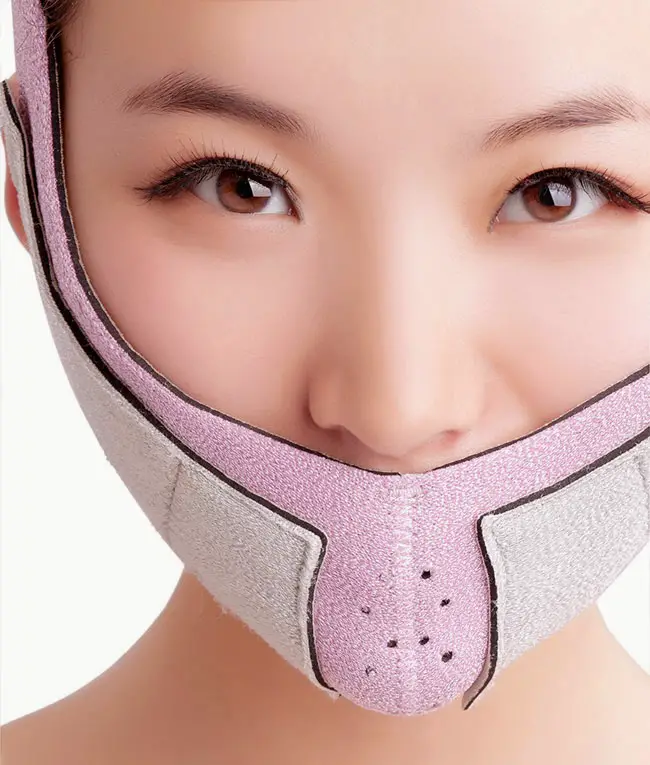
There are a lot of interesting products to make face smaller in Japan.
There are ways to make face “kogao” but the most effective is surgery. Another method is covering up some part of the face by cut your hair antenna, which includes a strand of hair on each side of the face. Or else, you may try facial exercises using a roller or a retainer-like mouth trainer. One simple tip when taking a photo is to pose a “toothache” by covering a side of the face with hands.
3.2.2. Big eyes with double eyelids
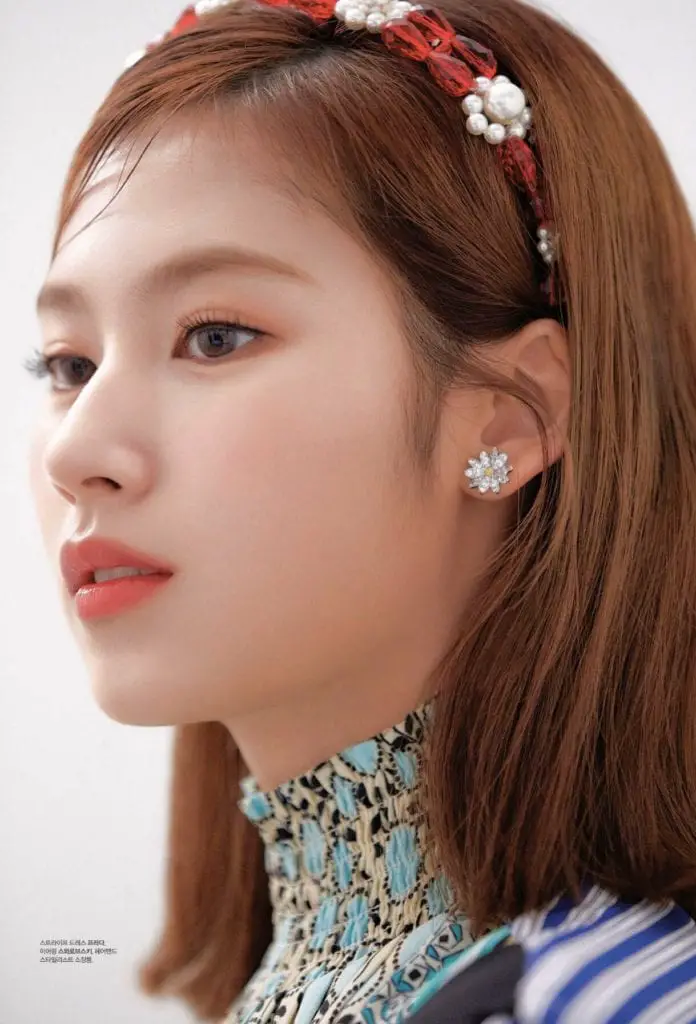
Double eyelids (“Futae” in Japanese) will make the eyes even bigger and more energetic.
Big eyes are considered an attractive feature in Japan. Double eyelids (“Futae” in Japanese) will make the eyes even bigger and more energetic. While most westerners were already born with double eyelids, many Japanese do cosmetic surgery or use double eyelid tape, glue, or string to get that. In fact, a pair of double eyelids is a common beauty standard in almost all Asian countries, and surgery for that is the most requested.
3.2.3. The high-bridged nose

Some Japanese women may even feel inferior if the noses are too … small.
Most foreigners from western countries will find their appearance highly appreciated in Japan thanks to the size and the height of their noses. The theory is maybe since this feature is quite rare among Asians, it becomes desirable. The high nose is understandable to ex-pats, but a big nose? Yes, slightly big nose. Some Japanese women may even feel inferior if the noses are too … small.
3. 3. Slim and petite body
In general, smaller body frames are more preferable here, for men or women. A hot guy in the Japanese girl dictionary is not muscular, he may be tall but skinny at the same time. When it comes to girls, while an hourglass figure is an ideal body in many places around the world, it can’t compete with a slim and petite physique in Japan. So, most Japanese girls are obsessed with losing weight, using diet supplements, and maintain shape.
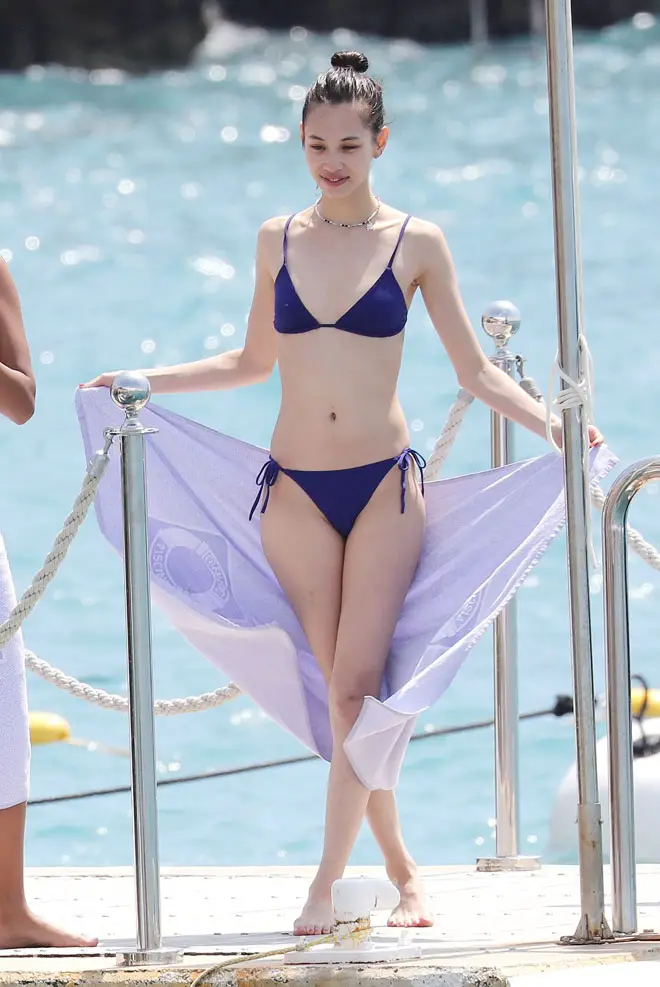
Long legs and slim body are beauty standards in Japan.
Long legs are a beauty plus in Japan, too. That’s why many girls wearing mini skirts to show off their legs irrespective of the season. To get long thin legs, people often seek training procedures and drink a lot of milk.
3.4. Hair
If hairstyling in the past was only straight long back hair, the preference now is really various. Whether the hair is straight or wavy, short or long, bang or smaller strands, the woman can still be considered beautiful. But it doesn’t mean Japanese women take hairstyling lightly. Hair products ranging from setting gels or spray, curler are Japanese women must-have items. Some even only trust professional salons for everyday hair treatment and styling. However, dying your hair is still commonly not accepted in the working environment.
3.5. Makeup
Even though the Japanese beauty standard is highly associated with a natural look, it’s still inappropriate for many girls to go out with their bare faces. Instead, they wake up early and strives for gentle, healthy, and energetic makeup which will usually help them look more professional at work and leave a good impression on dates.
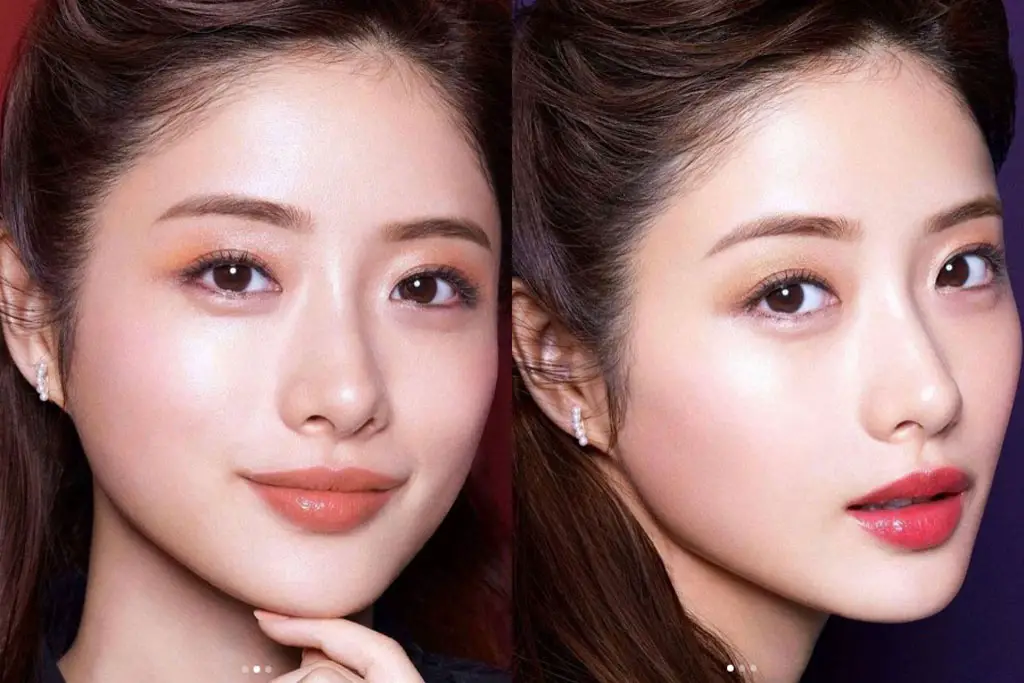
Curly eyelashes are really vital in Japanese makeup.
Regarding typical Japanese style makeup, the highlight is the large eyes with eyeliner and long curly eyelashes. Indeed, curly eyelashes are really vital in Japanese makeup and can be easily achieved by simple mascara, eyelash curler, or eyelash glue. Other makeup elements comprise clean eyebrow, gloss contouring, blushed cheeks which again makes the girls more kawaii (cute).
3.6. Clothing
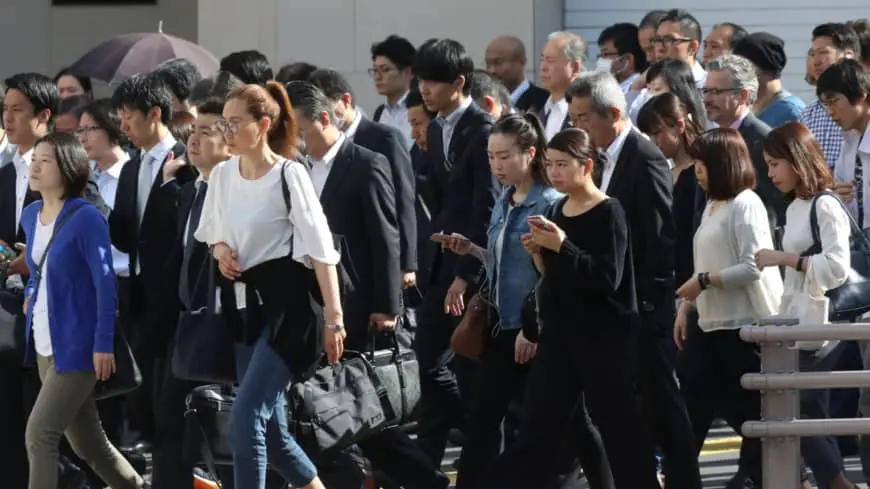
Regarding clothing, the standard is to dress tidy and present.
Yes, clothing dramatically affects your level of beauty and attractiveness in Japan. This is somehow the cultural norm that anyone needs to dress properly to be respectful. Children from an early age learn this in Japan. The minimum requirement is to dress tidy and present. Next, you need to wear suitable clothes for specific occasions.
For work, men wear black suits and women wear dark conservative long dresses. Normally, the daily style of Japanese tends to be quite simple and follow the general clothing rules. Of course, if you go to a fashion area like Harajuku, the situation is the opposite. There will all kinds of trends and outfits.
4. Japanese Beauty Standards Dark Sides
All beauty standards have dark sides. The reason is of course not everyone can be born meeting all these criteria. Still impacted by the beauty standard, they feel the need to change themselves. For instance, it may be common for chubby girls to get bullied or made fun of, just as in the USA and Europe.
They seek diets, products that are promoted to help them shrink the size. Many end up with serious eating disorders. Though the rate of reported eating disorders in Japan is lower than in many Western countries, healthcare specialists claim that this disorder may be underdiagnosed.
People are afraid to seek medical help because they are afraid to be judged that they are not naturally slim or don’t know how to take care of themselves.
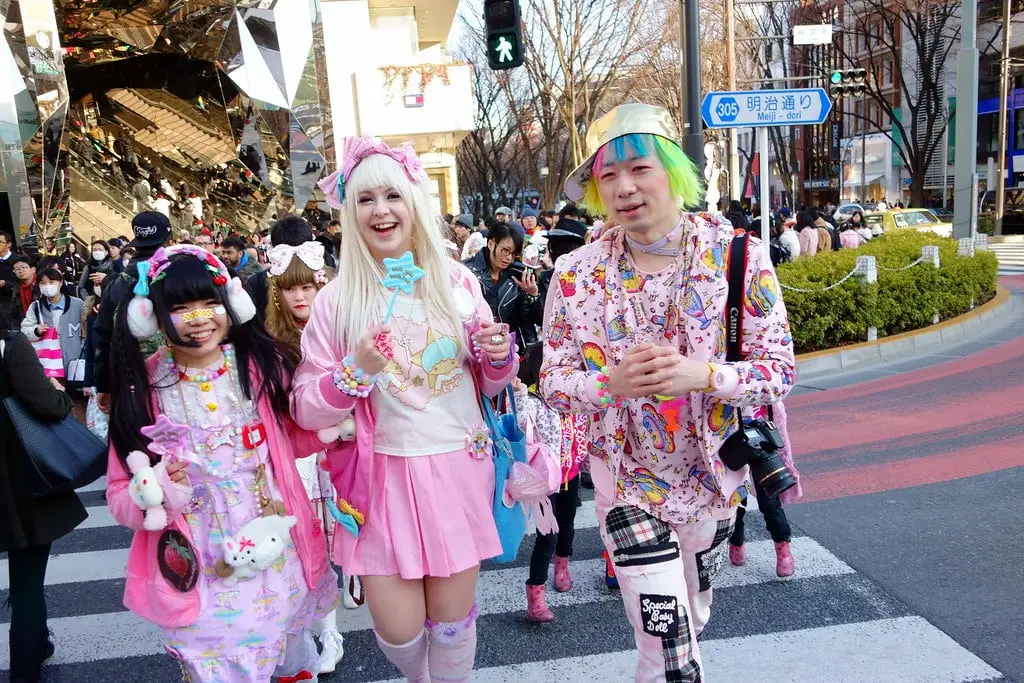
Aside from mainstream style, there are many distinct fashion subcultures ranging from Harajuku, Dekora to Lolita.
On the other hand, there are very brave people who desire to break through beauty standards. There are more and more girls who love being tanned or pursuing more plump curved figures.
Regarding fashion, as we mentioned above, aside from mainstream style, there are many distinct fashion subcultures ranging from Harajuku, Dekora to Lolita.
If you also feel frustrated with Japanese beauty standards, you can totally join these aesthetic communities in which members feel the same. There, everyone is allowed to freely express themselves without caring about the standard.
5. Our Favorite Japanese Beauty Products
1. LIPSTICKS
Within the realm of Japanese beauty ideals, the favored lipstick hues for women tend to lean towards subtle, enhancing shades that accentuate their innate allure. Among the top lipstick choices in Japan are delicate pinks, neutral tones, and gentle corals. These selections hold broad appeal as they harmonize with diverse skin tones while bestowing a youthful and naturally radiant look.
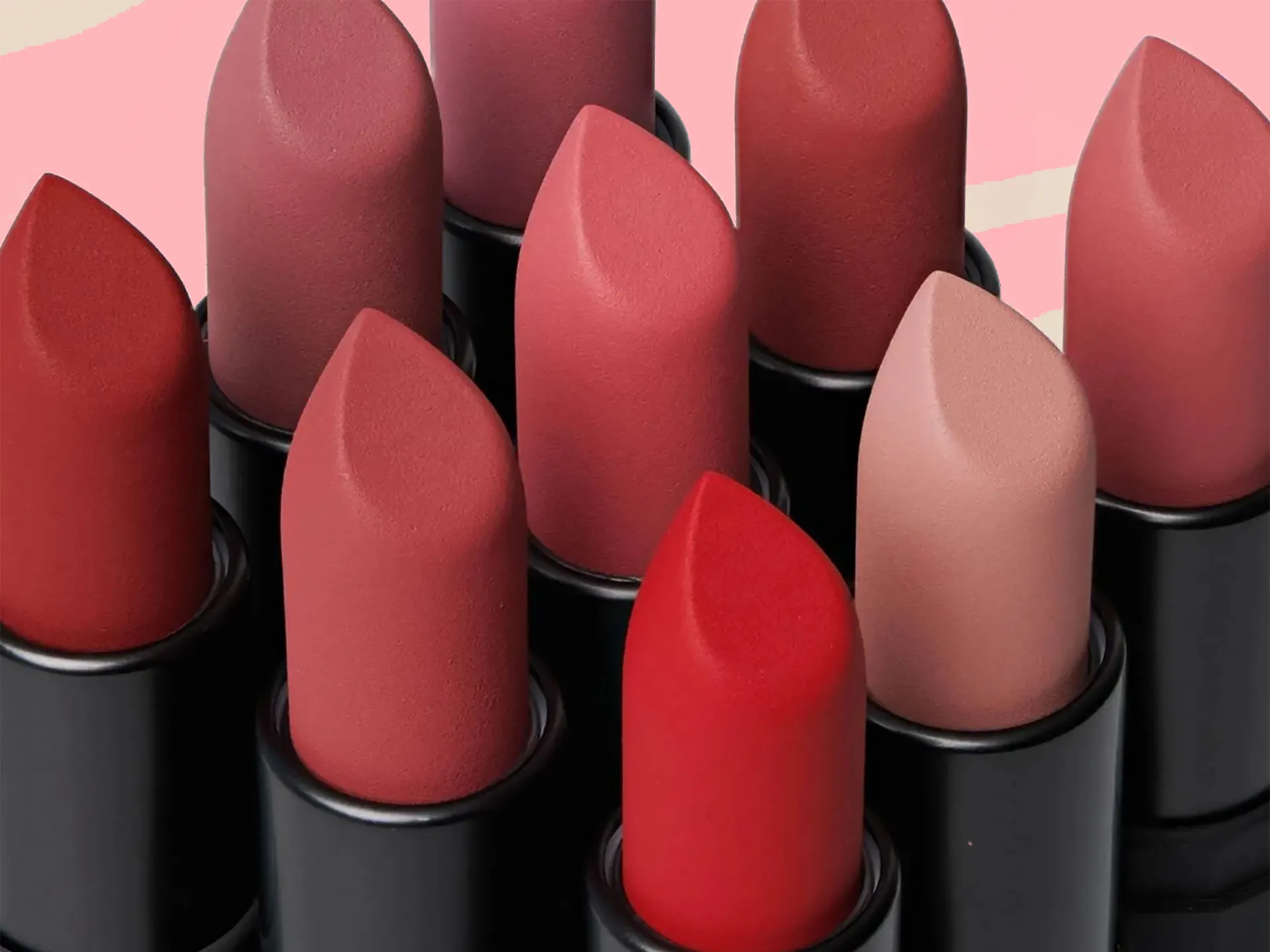
Within the realm of Japanese beauty ideals, the favored lipstick hues for women tend to lean towards subtle, enhancing shades that accentuate their innate allure. (Source: Internet)
We have a particular fondness for these two offerings from renowned Japanese labels, Shiseido and Clé De Peau Beauté, both of which deliver an understated yet impactful lip enhancement.
2. BLUSH & HIGHLIGHTERS
The favored blush and highlighter shades for women typically gravitate towards gentle and muted tones, aiming to achieve a complexion that appears both natural and radiant.
Soft pink and peach hues hold a prominent position among the most sought-after blush colors in Japan. These shades impart a naturally-flushed appearance to the cheeks, harmonizing effortlessly with various skin tones. Such subtle tones are favored over more vibrant or intense blush colors, as these can be deemed overly conspicuous or ostentatious within Japanese cultural norms.
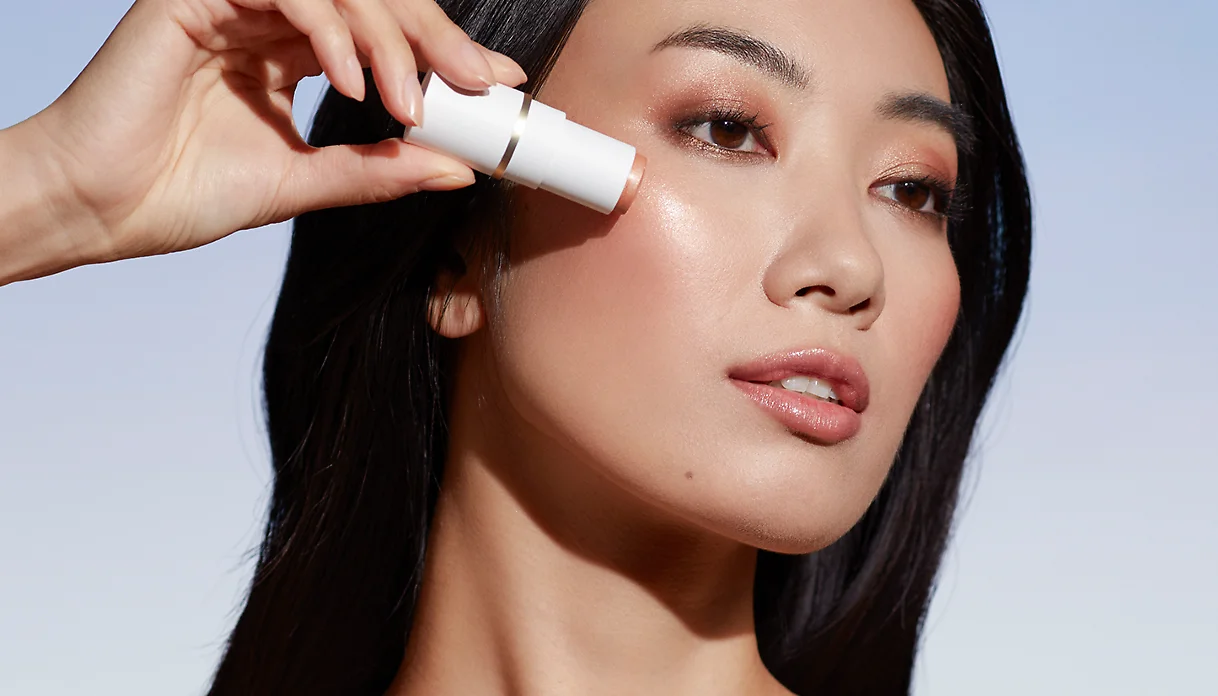
The favored blush and highlighter shades for women typically gravitate towards gentle and muted tones, aiming to achieve a complexion that appears both natural and radiant. (Source: Internet)
Regarding highlighter preferences, Japanese women tend to lean towards an understated and subdued luminosity as opposed to a pronounced or overly glittery effect. Champagne and gold-infused highlighters, exemplified by products like this one in shade 203 from Clé De Peau Beauté, enjoy popularity for their ability to deliver an elegant yet delicate glow.
3. SKINCARE
The Japanese exhibit a deep dedication to skincare products, employing them with great commitment. This devotion is one reason why numerous beauty brands originating in Japan are celebrated for their highly efficacious formulations.
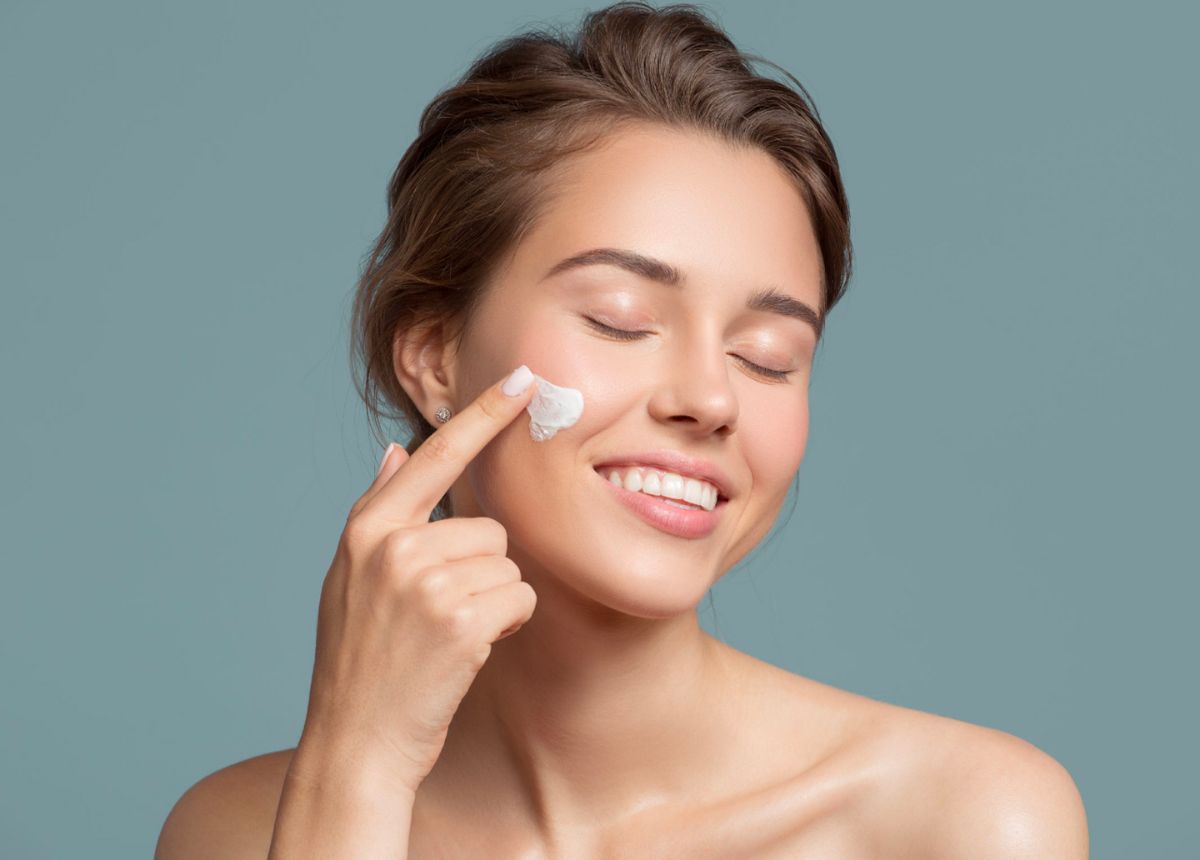
The Japanese exhibit a deep dedication to skincare products, employing them with great commitment. (Source: Internet)
While Shiseido stands as a renowned beauty brand from Japan, we also suggest exploring SK II. The brand’s Facial Treatment Essence, introduced some time ago, has garnered a dedicated following and achieved cult status.
6. FAQs
1. Are Japanese Beauty Standards High?
This is controversial l. In the USA and Korea, the beauty standards can also be really difficult so these countries’ cosmetic surgery rate is high. But in Japan, the natural look standard gives women hard time too.
They have to spend hours putting on makeup to get that naturally beautiful skin and dress up from head to bottom even though they go shopping at nearby stores. There is no way a Japanese go out with pyjamas, flip-flops, messy hair, and no makeup. So, the Japanese beauty standards should be pretty high.
2. What is the difference between Korean and Japanese beauty standards?
There are indeed some similarities be between Korean and Japanese beauty standards. Both highly praise slim figure, double eyelids, clear white skin…etc. At the same time, there are huge differences too, as follows:
- Korean Beauty also mostly focuses on natural beauty and flawless look but leads more towards youthfulness. For instance, Korean like “aegyo-sal” which refers to little fatty deposits under your eyes, or blepharoplasty because they make you look younger.
- While Japanese beauty standards fall mostly on females, in Korea, both males and females are subjected to beauty expectations. You can’t find little Japanese men who do skincare or wear makeup. Korean straight men still do these to look good without being labeled as not masculine or effeminate.
- Beauty standards in Korean culture are not just important, it is the priority that can influence the social standing. The Korean term “oemo jisang juui” indicates job applicants get hired based on looks. Therefore, people consider plastic surgery as an investment to get ahead in a career. In fact, 1/3 of young Korean women aged 19 to 29 have cosmetic surgery.
3. What is the difference between Japanese and American beauty standards?
The critical difference is that to Americans, cosmetics, and skincare are two separate matters while Japanese beauty standards include them all, even healthcare and skincare. Therefore, the Japanese submit to the serious daily routine of hygiene, for example, having a shower in the morning and at night.
Moreover, the Japanese make use of natural methods to avoid blemishes rather than wait for them to appear then conceal them. In general, the Japanese manage to maintain good habits to keep skin healthy and beautiful to perfection.
Another clear distinction is while the Japanese prefer lighter skin tone, Americans usually consider tanned skin as more attractive. This may connect with the belief that tanned skin means you afford to travel more.
4. Do some modern Japanese Beauty Standards Imports from Western?
Yes. Comparing the Japanese beauty standard in the past and now, we can see a lot of changes. Some of that follow western influence in the 50s when WWII ended and American occupied Japan.
The timing also overlaps with when Hollywood icons like Audrey Hepburn gain international fame. At that time, women cut bobs with bangs, put on twiggy-like eyelashes. In the next decades, kept up with other beauty trends.
5. Is Japan a trendsetter for beauty standards in Asia?
While beauty ideals do vary across different cultures, there is often a common thread in many Asian countries that emphasizes features like a well-defined nose bridge, larger eyes, and an overall youthful and innocent appearance.
Asian nations frequently share beauty and fashion trends, and Japanese pop culture, in particular, finds a significant audience in Taiwan, where Japanese beauty products continue to be imported in substantial quantities. Some Japanese brands, such as Shiseido, are immensely popular among Taiwanese beauty enthusiasts to the extent that they release product collections exclusively tailored to the Taiwanese market.
Although the print media industry has experienced a decline in recent times, Japan still maintains a dedicated readership for magazines, possibly due to their visually appealing covers, a wide array of tips, diverse style insights, and bundled gifts. Japanese magazines are readily available in convenience stores, beauty salons, cafes, and even hospital waiting areas.
Moreover, Japanese fashion magazines have extended their influence into the broader East Asian region, offering Japanophiles outside the country a glimpse into the latest fashion trends, makeup techniques, and hairstyling preferences in Japan. Over the years, this presence has arguably played a role in shaping beauty standards across East Asia.
6. Is beauty significant in Japanese culture?
Japanese aesthetics emphasize the value of serenity, human sensibilities, and imperfections in the concept of beauty. A fundamental element of Japanese aesthetics is “wabi-sabi,” which celebrates beauty and enjoyment found in the aging and imperfection of worldly objects.
7. Are dimples considered attractive in Japan?
Extensive research involving nearly 600 families has shown that dimples follow a simple Mendelian heredity. In Japan, dimples are perceived as an appealing facial feature, leading to a higher prevalence than might be expected based solely on genetics.
8. What qualities are deemed attractive in Japan?
In addition to having clear and fair skin, Japanese beauty standards prioritize having large eyes and double eyelids, referred to as “二重” (futae).
9. What do Japanese men seek in a woman?
Japanese men highly value physical appearance. They are drawn to women who appear healthy, possess smooth skin, and have glossy, well-maintained hair. A warm and charming smile is particularly enticing to Japanese men.
10. What percentage of the Japanese population is overweight?
The prevalence of obesity (defined as a BMI greater than or equal to 30) in Japanese adults aged 20 and over is relatively low, with 3.8% among males and 3.2% among females, according to the National Health and Nutrition Survey of 2010. This percentage is notably lower compared to other countries included in the Global Database on Body Mass Index by the WHO.
11. What are some Japanese beauty secrets?
A prominent Japanese beauty secret involves avoiding synthetic shampoos that may contain potentially harmful chemicals. Instead, many Japanese women opt for natural hair cleansing methods. Seaweed powder, for instance, is often used as a substitute for traditional shampoos to prevent damage to both the hair roots and ends.
Conclusion
Japanese beauty standards offer a captivating blend of traditional and contemporary concepts, mirroring a distinctive cultural viewpoint on the notion of beauty. From the preference for petite facial features and elevated nasal contours to the promotion of natural-looking cosmetics and muted, delicate hues, these beauty ideals signify a yearning for unobtrusive grace and sophistication.
It’s crucial to recognize that beauty standards are subjective, subject to variation across cultures and among individuals. While these standards may not apply universally or to every woman, it’s improbable that we will witness swift transformations in Japan’s beauty ideals in the foreseeable future, given that many of these preferences have endured for decades.
It’s essential to emphasize that our acknowledgment of these standards neither implies agreement nor disagreement; every woman possesses her unique beauty.

